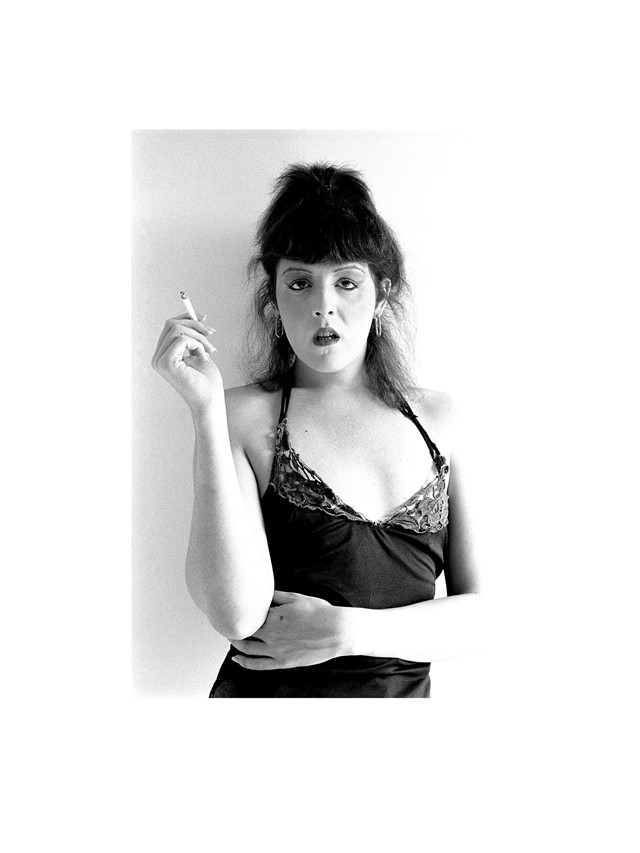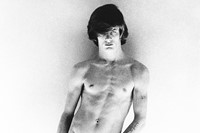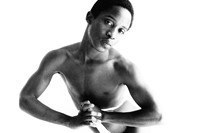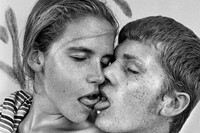Photographing friends, lovers, club kids, hustlers, drug addicts and models, Amos Badertscher built up a raw, prolific archive of queer underground culture in a pre-gentrification Baltimore
On July 24, self-taught American photographer Amos Badertscher died at the age of 86 – just weeks before his first retrospective, Lost Boys: Amos Badertscher’s Baltimore, was due to open; an exhibition that brings together around 200 photographs taken between the late 1960s and 2005. It was to be a full circle moment for the city’s native son, whose images are what remains now that he is gone.
Buried within these photographs lie the complexities of a man who belonged to no world beyond the one he carved for himself, at a time when homosexuality and male nudity were both criminalised. Born in 1936, Badertscher made his way from a well-heeled family to a teaching career, before dashing it all aside to live as a photographer after inheriting some money from his father, following his death in 1973. During the 70s and 80s, Badertscher lived in Mount Vernon, the affluent city centre, before decamping in the 90s to a row house in Charles Village, a lively neighbourhood in the north, where he papered the walls of his first-floor railroad flat with prints from his already prolific archive.
In his final years, Badertscher would use a walker and make the rounds through his rooms, pointing out his favourite models and sharing memories from another time. “Amos was always very adamant that their stories be told. He had collected their oral histories, and sometimes inscribed them on the prints,” says Beth Saunders, curator and head of special collections and gallery at the Albin O Kuhn Gallery at the University of Maryland, Baltimore County. “As I read the inscriptions on the prints, it became clear he was painting a picture of a changing Baltimore and preserving history through his work. Many of the clubs and gay bars he was going to are closed now. He did photo shoots with drag queens and go-go dancers who worked there, so you get a sense of the community.”
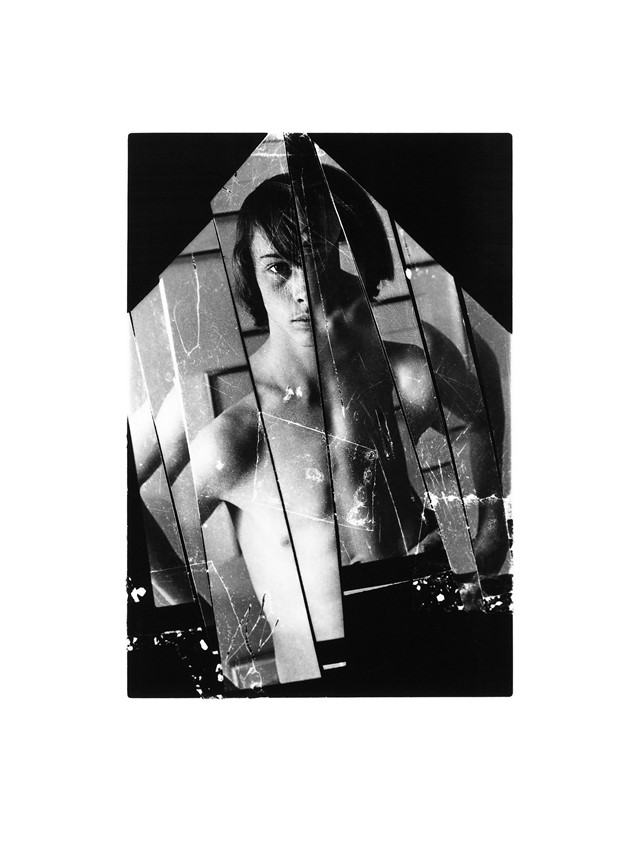
From the outset, photography served as a passport to worlds outside his own, creating a space where Badertscher could regularly engage with people on the margins that he might encounter in the clubs and bars, or hitchhiking. Badertscher would ask friends and lovers, club kids, hustlers, drug addicts and models to pose for him and share their stories, and in doing so built an archive of underground queer culture. Working from his home studio, Badertscher developed a signature style that evokes the raw, desolate beauty of artists like Larry Clark, Nan Goldin and Jim Goldberg.
“The fact that he was drawn to photograph people on the margins was really him trying to reject the way he had been brought up,” says Saunders. “The interesting thing about Amos is that on one hand, he’s in the first generation of photographers working post-Stonewall, like Robert Mapplethorpe and Duane Michals. But on the other hand, he felt like Gay Liberation was the worst thing to happen and he didn’t want to assimilate into where he saw things were headed.”
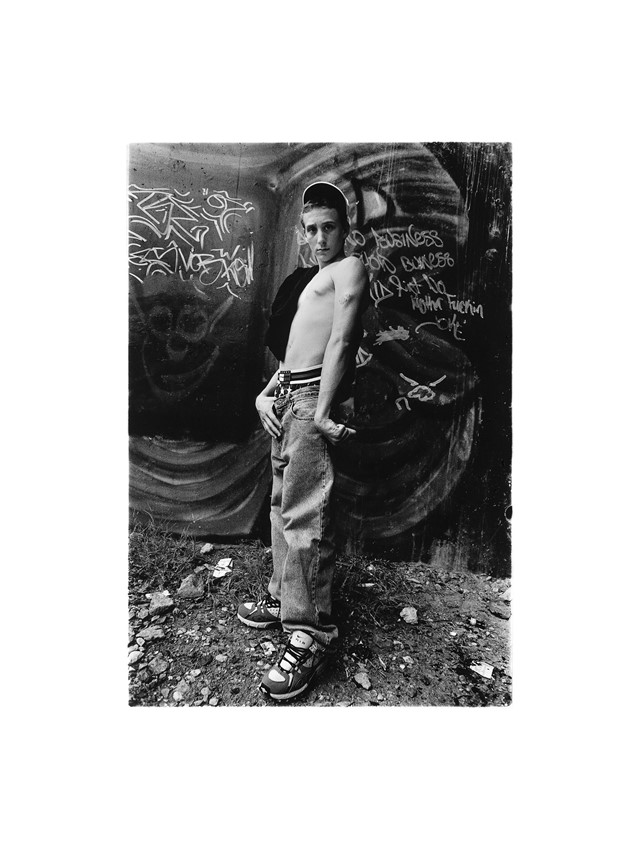
Rather than conform to strictures of heteronormative society, Badertscher forged his own path outside of the establishment. With the stated aim of “breaking all the rules of documentary photography,” he created shared moments of intimacy with people who had been abandoned and shut out, giving them a space to be both seen and heard. In the 1995 catalogue for his solo exhibition at Duke University Museum of Art, Badertscher wrote, “There must have been something dangerously lacking in my upper-middle-class psyche because I did not find nudity, even youthful male nudity, shocking, abusive, emasculating, pornographic or subversive. To photograph the naked body is for me the ultimate dimension in photographing the person.”
At its core, Badertscher’s work contains another layer waiting to be seen and explored, endlessly containing another, inner truth like a Russian nesting doll. Everything is straightforward and direct, but that doesn’t make it any less complex. Neither insider nor outsider, Badertscher stood in the gap, using photography to extend the moment into the world, and allowing the images and stories to speak for themselves.
Lost Boys: Amos Badertscher’s Baltimore is on show at the Albin O Kuhn Gallery at the University of Maryland, Baltimore County until 15 December 2023.
